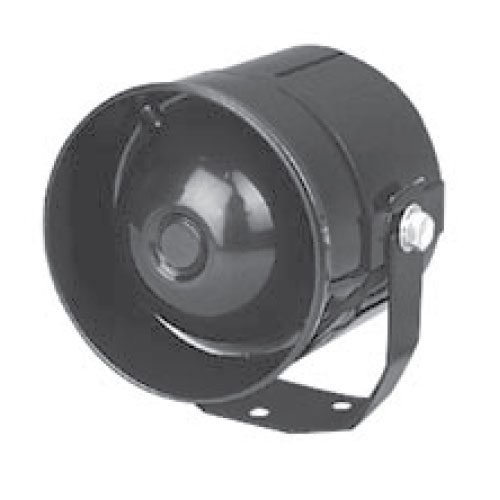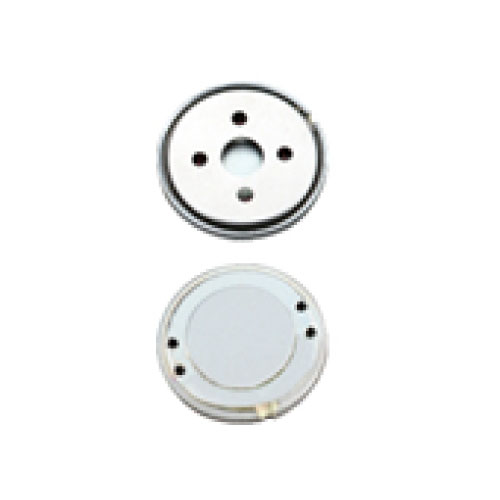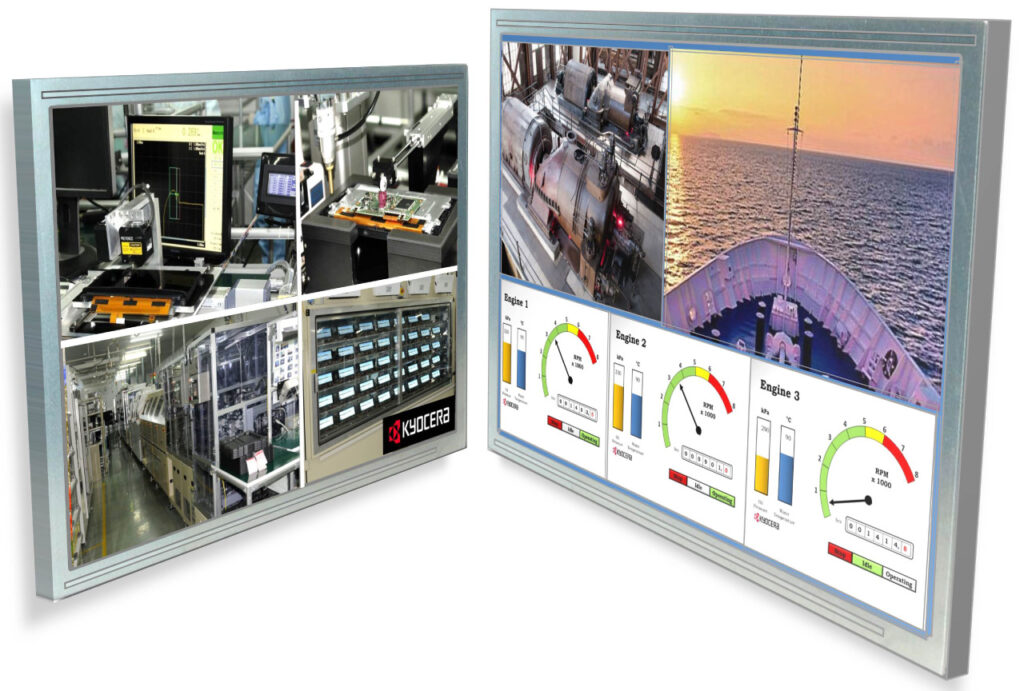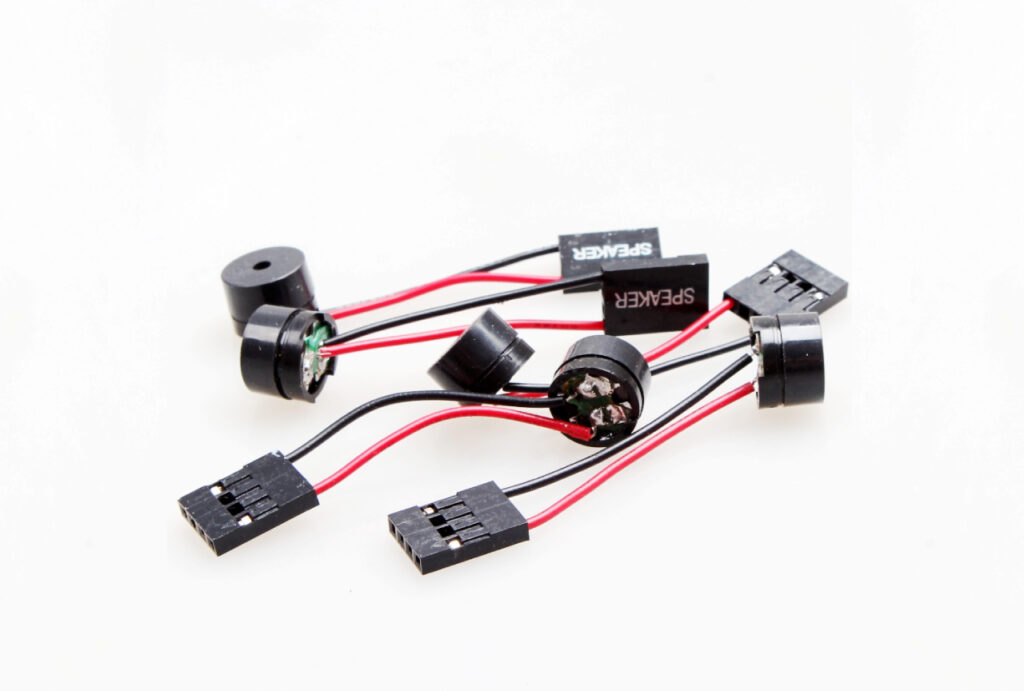Sirena y alarma
Las sirenas y las alarmas se han convertido en una parte integral de nuestra vida diaria, particularmente en la industria de componentes electrónicos. Estos dispositivos de advertencia se utilizan para alertar a las personas sobre situaciones peligrosas o para indicar un evento o proceso que requiere atención. Con el avance de la tecnología, estos dispositivos de advertencia han evolucionado y se han vuelto más sofisticados.
Acerca de
Cómo funciona la tecnología
Las sirenas y las alarmas se basan en la acústica para producir un sonido que se puede escuchar a distancia. Los componentes básicos de una sirena incluyen un altavoz o una bocina, un circuito controlador y una fuente de alimentación. El circuito conductor controla la frecuencia y amplitud del sonido producido, mientras que la fuente de alimentación suministra la energía necesaria al circuito.
El sonido producido por una sirena o alarma suele ser un tono continuo o una serie de tonos de frecuencia y amplitud variable. La frecuencia y la amplitud del sonido determinan su volumen y tono, que son factores importantes para determinar la eficacia del dispositivo.
Ventajas y limitaciones
Las ventajas de las sirenas y alarmas incluyen su efectividad para alertar a las personas sobre situaciones o eventos peligrosos. También son relativamente económicos y fáciles de instalar. Además, las sirenas y alarmas modernas se pueden programar para producir diferentes sonidos para diferentes eventos, lo que puede ayudar a diferenciar entre diferentes situaciones.
Sin embargo, las sirenas y alarmas también tienen algunas limitaciones. Pueden ser molestos para las personas que se encuentran cerca, especialmente si son ruidosos y continuos. Además, pueden volverse insensibles si se usan en exceso o si las personas se acostumbran al sonido. Además, las sirenas y las alarmas pueden ser ineficaces si no son audibles a larga distancia o si no son lo suficientemente fuertes como para ser escuchadas en un entorno ruidoso.
Aplicaciones
Las sirenas y las alarmas se utilizan en una amplia gama de aplicaciones, incluidos los sistemas de advertencia de emergencia, las alarmas contra incendios, los sistemas de seguridad y los procesos industriales. En situaciones de emergencia, las sirenas y alarmas se utilizan para alertar a las personas sobre el peligro e indicar la respuesta adecuada. Las alarmas contra incendios, por ejemplo, pueden alertar a las personas sobre un incendio y pueden ayudar a prevenir lesiones o la pérdida de vidas.
En los sistemas de seguridad, las sirenas y las alarmas se utilizan para disuadir a los intrusos y alertar a las personas sobre una posible brecha de seguridad. Los procesos industriales a menudo requieren el uso de sirenas y alarmas para indicar cuándo se inició o se detuvo un proceso, o para indicar un problema con el proceso.
Conclusión
En conclusión, las sirenas y alarmas son una parte importante de la industria de componentes electrónicos. Se basan en la acústica para producir un sonido que pueda alertar a las personas sobre situaciones peligrosas o para indicar un evento o proceso que requiere atención. Si bien tienen sus ventajas y limitaciones, son una forma efectiva y relativamente económica de garantizar la seguridad en una amplia gama de aplicaciones.













